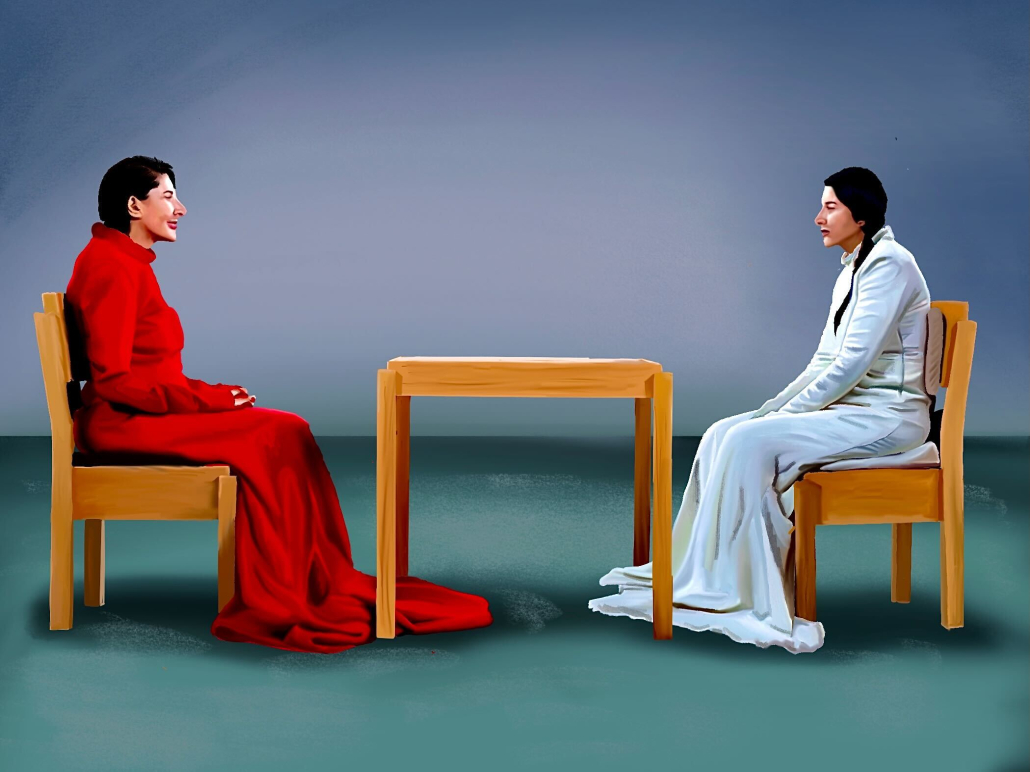Comic Relief: Becoming cultured through comedy

I try my best to live a well-rounded, cultured life.
I watch important movies; I’ve seen “The Godfather” (1972) or whatever. I read books — my Goodreads continues to present the English major image that I so desire to portray (although don’t look at this year’s list — my beautiful reading challenge list has been subjected to the work of Colleen Hoover). I visit museums and all that good stuff you are meant to do to have a strong understanding of classic and contemporary art.
Even with all my effort, I still have blind spots. The one item on the possibly pretentious checklist that I can’t seem to mark off is documentaries.
You could possibly attribute my inability to sit through two hours of educational videos to the TikTok “Family Guy”-mobile game crossover videos that have atrophied my brain. But, it’s not really an attention-span issue, and my aversion to documentaries has existed long before such brain-rotting videos.
I understand that documentaries are a powerful art form, and I know that they have made great impact, such as overturning wrongful convictions and creating better privacy rights for mentally ill patients. But, even with all this, I don’t think I’ve ever chosen to watch a documentary on my own. I may be able to force myself through Shakespeare’s entire bibliography (shoutout to the English department for the free books), but I can’t seem to convince myself to watch a 90-minute movie.
When I do end up watching documentaries, I actually quite enjoy them. Between watching “Paris is Burning” (1990) for Introduction to American Studies and Ethnicity and “Prehistoric Planet” (2022) for my friend who swore it was “so genius,” I truly just need a small push, and I end up having a great time.
Recently, my push came from documentaries’ funnier little sister, mockumentaries.
The series “Documentary Now!” was my winter break obsession. I told myself I would take the almost month-long break to watch “The White Lotus” and finally know why the gays were trying to kill Jennifer Coolidge, but, alas, it wasn’t meant to be. Instead, I obsessively watched the show that takes a famous documentary and spoofs it, and apparently, they do it pretty accurately.
But, I wouldn’t have known that since, out of all the documentaries spoofed in the first 21 episodes, I had not seen a single one. I enjoyed the show nonetheless, but clearly, I was missing the main point.
Occasionally, the premises of the docs would pique my interest — why was Bill Hader on stage fighting with his girlfriend? But, ultimately, it was never enough to get me to stream the original documentary.
That was until I watched season three’s “Waiting for the Artist” which follows Cate Blanchett as performance artist Izabella Barta preparing for her biggest show yet. Usually, after I finish an episode of “Documentary Now!”, I have to search what doc they were parodying. However, I immediately knew Blanchett was Marina Abramović, and “Waiting for the Artist” was a recreation of “Marina Abramović: The Artist is Present” (2012).
The documentary had been on my Letterboxd watchlist for so long, but as always, I could never make myself watch it. However, watching Blanchett fight a giant rubber band in an attempt to reach Fred Armisen’s character Dimo (a parody of Abramović’s ex, Ulay) piqued my interest to say the least. I thought the entire premise was ridiculous. There was no way there was a line out the door for the opportunity to sit next to Blanchett on the toilet. I assumed this was some absurd dream from the incredibly strange mind of Armisen.
Still, I needed to see where he could possibly get this idea. After watching “The Artist is Present,” it turns out that the idea wasn’t as far-fetched as I initially assumed.
For over two months, Abramović sat in an almost empty room at the Museum of Modern Art, almost still. Everyday, just as in “Documentary Now!,” people would line up hours before the museum opened for the chance to sit across from Abramović and stare into her eyes.
The world of performance art is so unknown for me. I couldn’t believe I was watching grown adults immediately burst into tears once they sat across from her. There were real, intense tears, fully let out in front of a giant room of people. I couldn’t believe it.
I don’t fault them; I think we should all be allowed to cry in public. I should be allowed to sit in Annenberg and sob without looks, or even worse, people approaching and asking if I’m okay.
In the movie, someone even got a tattoo to commemorate the 21 times they sat with Abramović, which was a … twist to say the least. Comedic genius Julio Torres even made a five-second appearance as just a regular spectator, which made me more excited than it probably should have — it made me consider the possibility that I am the victim of a parasocial relationship. Throughout the over 100-minute film, I was enthralled the entire time. Abramović’s work is violent, sexual and emotional. And I never would have known that if I hadn’t watched the documentary.
Watching “The Artist is Present” was something I should have done a long time ago; it is probably my favorite documentary of all time. So, while I will probably continue to watch mockumentaries rather than documentaries, my recent adventure reminded me that expanding my viewing habits is not something to shy away from.
Although, I probably couldn’t have appreciated Abramović to the same extent if I didn’t have Barta as a jumping off point.
Kimberly Aguirre is a sophomore writing about comedy. Her column, “Comic Relief,” runs every other Thursday. She is also the arts & entertainment editor at the Daily Trojan.

